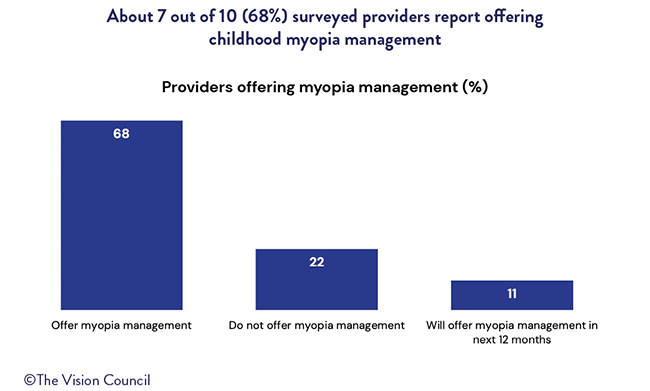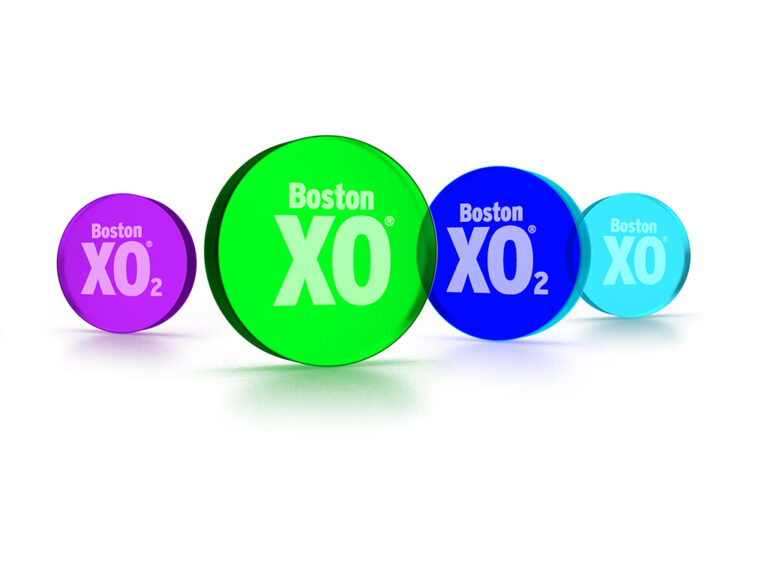Focused inSights 2025: myopia management

The Vision Council has announced the release of a new two-part research report titled, Focused inSights 2025: Myopia Management, that combines a global analysis of pediatric myopia treatment strategies with a survey of U.S. eyecare providers. The complementary studies provide a unique perspective on the current landscape of childhood myopia care, exploring how treatment options differ across regions, how regulatory environments shape access, and how U.S. clinicians are approaching diagnosis, management and patient education, The Vision Council noted.
“This dual-format report provides both a global and a local lens on myopia management,” said Alysse Henkel, vice president of research and insights at The Vision Council. “It’s clear from the survey that U.S. eyecare providers take myopia seriously, but they also face challenges in making care affordable and ensuring families understand the importance of treatment. By also including an international analysis of treatment options and regulatory environments, this report offers a comprehensive view of where childhood myopia care stands today, and where it is headed.”
The Vision Council said the report is structured into two distinct but connected sections:
Comparative Myopia Treatment Strategies: This study examines regulatory approvals and product availability across the U.S., Canada, the U.K., and the EU, and focuses on the following four major treatment categories:
- Low-dose atropine drops.
- Myopia control spectacle lenses.
- Multifocal or dual-focus daily soft contact lenses.
- Orthokeratology.
The study highlights uneven adoption rates across markets, recent milestones such as the EU’s approval of Ryjunea atropine drops, and France’s move to fully reimburse myopia control spectacle lenses, The Vision Council said. It also explores how treatments are financed and prescribed across regions, providing critical context for understanding the broader global myopia landscape.
Provider Approaches to Myopia Management Survey: Conducted with 293 optometrists, practice owners, and managers between June 16 and July 4, 2025, the second survey explores how myopia management is implemented in U.S. practices. The Vision Council said that the findings offer an in-depth look at what treatments are prescribed most often, how success is measured, and what challenges providers face, from cost to patient compliance and parental understanding.
Some of the key findings from this report include the following:
- Proactive Screening: 91 percent of providers recommend myopia screenings at least once a year.
- Treatment Adoption: About 7 in 10 providers report offering myopia management for children in their practice.
- Most Common Prescription: MiSight contact lenses are prescribed most frequently (81 percent).
- Motivations for Treatment: Providers cite slowing progression of myopia (78 percent), reducing complication risks (78 percent), and improving long-term eye health (71 percent) as the primary reasons for offering treatment.
- Perceived Risk Factors: Providers overwhelmingly identify excessive screen time (82 percent), genetics (82 percent), and limited outdoor activity (77 percent) as key drivers of myopia.
- Challenges: Cost is the most widely cited barrier (86 percent), followed by parental understanding (56 percent) and patient compliance (49 percent).
The full Focused inSights 2025: Myopia Management report is available now in The Vision Council’s Research Download Center.







